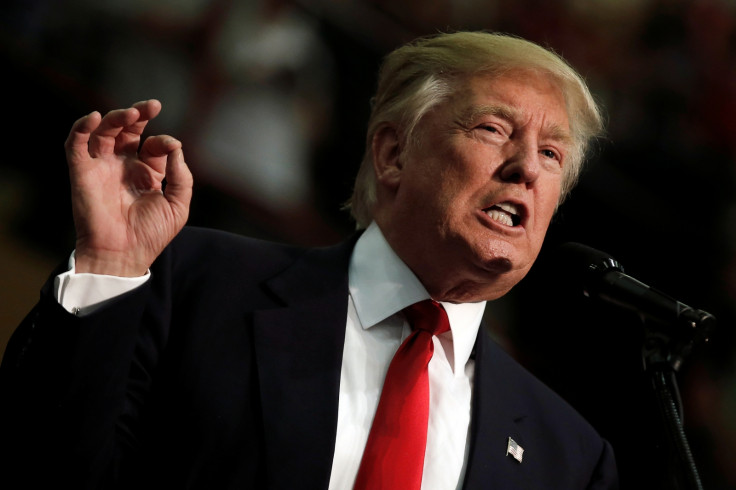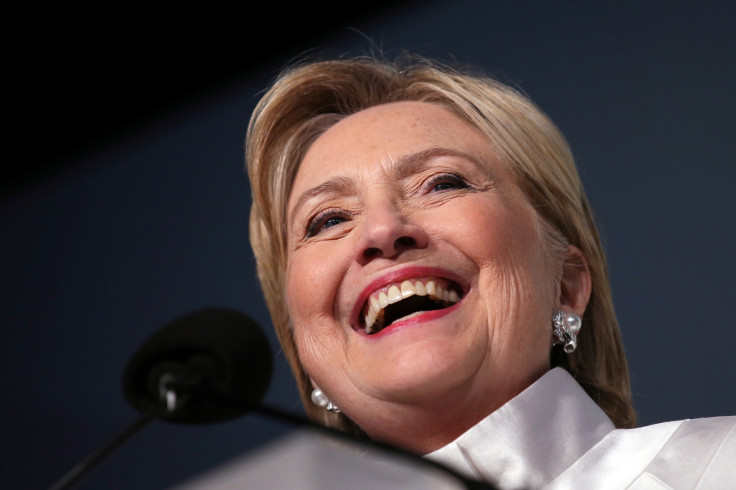US election 2016: The five states that will decide whether Trump or Clinton reaches the White House
Which swing states will the nominees decide to fight for?
A handful of key battleground states are likely to dictate the outcome of the US presidential election.
While there are as many as 11 real swing states in this year's election, some have a far higher number of Electoral College votes, meaning candidates will battle it out for victory in just a handful of key states.
The likely swing states are: Colorado, Florida, Iowa, Michigan, Nevada, New Hampshire, North Carolina, Ohio, Pennsylvania, Virginia and Wisconsin.
However, those with the highest number of Electoral College votes are: Florida, Michigan, Pennsylvania, North Carolina and Ohio – making them key battleground states for the November election.
Florida
Florida has long been considered a critical battleground in the US elections, with its 29 Electoral College votes (the latest of which was awarded to the state in 2010) making it the joint third largest US state in terms of voter numbers.
The two largest states, California (55 EC votes) and Texas (38 EC votes) are safe Democrat and Republican states, respectively, putting additional pressure on votes won and lost in Florida.

In the 2016 election, Florida voters currently appear to favour GOP candidate Donald Trump, with the most recent poll from CNN/ORC showing Trump leading by four points in a head-to-head battle and by three points in a four-way race including Gary Johnson and Jill Stein.
But despite close races in several battleground states, an election forecast from Five Thirty Eight shows Clinton is still more likely to see victory in the November 8 election than Trump – putting her at 61.1% probability for a win, compared to Trump at just 38.9%.
So which states are the presidential nominees likely to put their energy into winning? Here, we outline the five key battleground states:
Ohio
Historically considered one of the country's most important swing states, Ohio is considered something of a predictor for how elections will play out.
No Republican presidential candidate has won an election without Ohio, and, given its oft-referenced diversity, it is also seen as something of a barometer for how the rest of the country will vote.

The latest polls suggest Trump is doing well in Ohio – leading Clinton by as much as five points and with an average of 1.2% according to Real Clear Politics.
Michigan
A safe Democrat state for almost three decades, Michigan last voted for a Republican candidate in 1988. Why the swing-state designation this year? Two words: Donald Trump.
Michigan, which in the 1970s and early 1980s was a Republican state, was tipped as a potential swing state in this year's election after Trump became the GOP nominee.
Given the state's high number of industrial workers and slow economic growth, it is believed Trump could pull off a Republican win in a state that is likely to be fed up with the status quo – with hopes from the GOP he can draw out working class people who don't usually vote.
However, thus far, Clinton remains in the lead in Michigan and is likely to put up a big fight not to lose the vote there. She is enjoying an average 5.2% lead on Trump.
Pennsylvania
...is a state Clinton will be keen to hang on to, with its residents having voted Democrat throughout the 1990s to the present day.
Once historically considered a battleground state, with 20 Electoral College votes up for grabs, it does appear that Clinton may be on her way to securing another Democrat victory there – where she currently is leading Trump by an average of just over 6%.
However, the GOP has slowly been gaining on the Democrats in Pennsylvania, and Trump is likely to hone in on the state as a potentially attainable one.

North Carolina
Currently nail-bitingly close, an average of polls from Real Clear Politics showing Clinton is leading Trump by just 0.6% in North Carolina.
Given the state's results in the last election – in which the Republicans won the state by just 2% – it seems North Carolina is set to be a swing state with no current indicator of how the votes will be cast.
In the 2012 election, it was the second closest race after Florida, according to 270toWin, making it once again a key battleground state for this year's candidates. There are a total of 15 Electoral College votes up for grabs in North Carolina, so a win here could give a much-needed boost come election day.
© Copyright IBTimes 2025. All rights reserved.




















